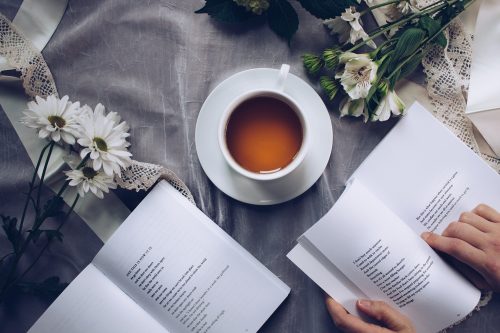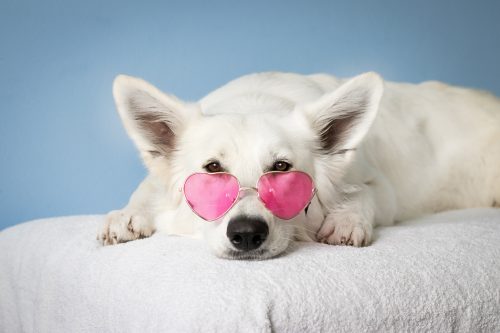What is guided imagery? What do photos mean to you? Photos represent our life memories. We might associate our feelings with images to remind us of them – our loved ones. They tell our happy and sad stories, those that end well and those that don’t.

Understanding The Treatment: Practicing Guided Imagery
Pictures are also potent tools for evoking emotions; at the same time, they can be one of our relaxation techniques. Because of this, counselors might use a stress management technique called guided imagery. It makes use of the power of pictures to relax us. Guided imagery meditation or meditative visualization might be a good fit for you, especially if you are a photographer or interested.
This technique has been used as early as the ancient Greek period. Countries like China and India have also used this in traditional, religious, and healing practices.
During the 1970s, Dr. David Bressler and Dr. Martin Rossman pioneered helpful therapeutic guided imagery in counseling, integrating it with treating physical illnesses such as chronic pain and cancer. Today, the benefits of mental rehearsal are an established alternative and complement to medicine.
This anxiety-guided imagery is a type of meditation. First, you must be in a quiet place with little to no distractions. To effectively utilize imagery and guided techniques for stress relief and overall health, it’s essential to be in a comfortable, fidget-free position that allows your body to fully embrace the guidance provided.
According to peer-reviewed studies, interactive GI for anxiety is the process of creating mental images of peaceful scenes in order to achieve healthier vital signs. It is a form of self-hypnosis that can be used to reduce post-surgery pain management, performance anxiety relief, improve sleep quality, sanitize your own thoughts, and other beneficial effects. It is often used in conjunction with deep breaths, clinical massage, progressive care units, and randomized clinical trials to allow a significant decrease in mental health disorders.
What Photos In Guided Imagery Do To Calm Our Minds
During a regular session, your counselor will provide verbal directions for you to follow in your mind. For instance, they may ask you to envision a very peaceful place. It may be a natural landscape in most peaceful settings (nature-based guided imagery) or a comfortable room.
Finding peace and reduce stress can vary from person to person. For some, it may involve practices like guided meditation, progressive muscle relaxation, or sleep meditation, all of which can contribute to reducing stress and achieving a sense of inner calm. It depends on what peace means to you.

Your therapist will instruct you to use all your senses to capture the whole scene. They may ask you to include sounds, textures, and even aromas in your photography. During these moments, you must abandon any thoughts besides that of relaxing photography. Guided imagery in mental rehearsal/mental imagery is a good healing method.
Guided imagery is a process of visualization that supports a relaxed state and calm state amid a stressful situation and less social anxiety. It involves picturing oneself in a calming setting, such as a tropical beach, and may also include an audio recording and healthline media. This technique has been found to be helpful for a variety of health conditions. Guided imagery, as a relaxation technique, can be highly beneficial to the overall health of older adults. It has the potential to help lower blood pressure and relieve stress, contributing to their well-being and quality of life.
Aside from influencing your mind, this technique is also designed to relax your entire body. When your mind is focused on calming photography, your breathing deepens, allowing your muscles to relax. This will relieve physical stress, tension, and possibly aches that you feel in your body. It also reduces anxiety and other symptoms of mental health issues.
There are different techniques used in helpful therapeutic photography. One popular method is listening to guided imagery scripts. This guided imagery script of guided meditation can be in the form of audiobooks or voice recordings. Once you have learned the guided imagery intervention technique, you may practice using scripts without the help of your counselor.
You can also do helpful therapeutic photography in a group setting. Your counselor can refer you to support groups that use this technique in counseling. There are also yoga classes that incorporate guided imagery to encourage the body’s natural relaxation response.
Another technique used in this treatment involves using music as part of the therapy. This relaxation training exercise is similar to the use of hypnosis. The relaxing music played in these sessions can also help you reach a state of progressive muscle relaxation faster. A major difference between meditative visualization and hypnosis is its purpose. The use of hypnosis helps a person relieve stress levels and become more accepting of new beliefs.
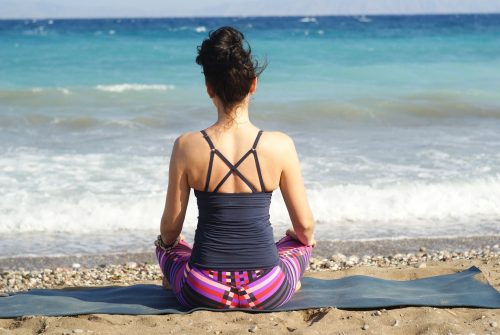
Guided Imagery
Mental Health Problems That Can Be Alleviated Through Helpful Therapeutic Photography
In recent years, helpful therapeutic mental rehearsal/mental imagery in counseling has been a popular method in stress management. Studies show the effectiveness of this treatment in reducing anxiety or disorder symptoms.
Mental and emotional problems address through photography include:
- Anxiety disorders and depressive symptoms
- Post-traumatic stress symptoms
- Different types of stress
- Relationship concerns
- Family problems
- Substance abuse issues
This new mental rehearsal/mental counseling treatment can also manage maladaptive behaviors. It can help control frustration, impulsivity, and compulsion.
Mental health professionals can also use helpful therapeutic images to reduce feelings of anxiety and manage your pain and blood pressure, improve integrative health and enhance your performance.
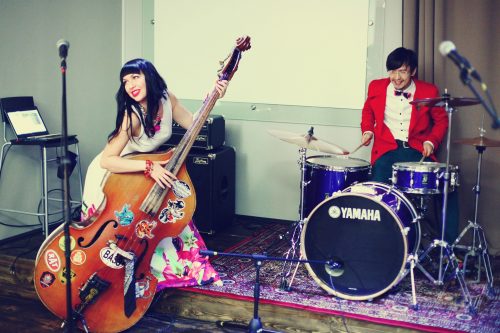
Photography Library Sorted
Envisioning a peaceful and calming scenario can be difficult in a world with many distractions. Like any counseling method and technique, this treatment has pros and cons. Depending on your personality and lifestyle, you can assess whether helpful therapeutic photography is for you.
Firstly, the good things. Unlike other stress management techniques such as yoga, mental rehearsal/mental imagery is more inclusive. People with physical limitations can engage in the session without the risk of being injured. Plus, it significantly helps to reduce anxiety and stress.
Mental rehearsal can disrupt negative emotions and negative thought patterns. This will help you become more resilient to stressful events. As a result, you will be influenced to have a more positive mindset. This can affect your mood and attitude throughout your day and your overall quality of life.
The only con for written instructions of guided imagery is it can be difficult to master. We live in an age where information travels at a very high speed. Entertainment is at the tip of our fingers. It will take a lot of practice to immerse yourself in your mind completely. However, with the use of audio recordings or the help of your guided imagery counselor, you can enjoy this technique.
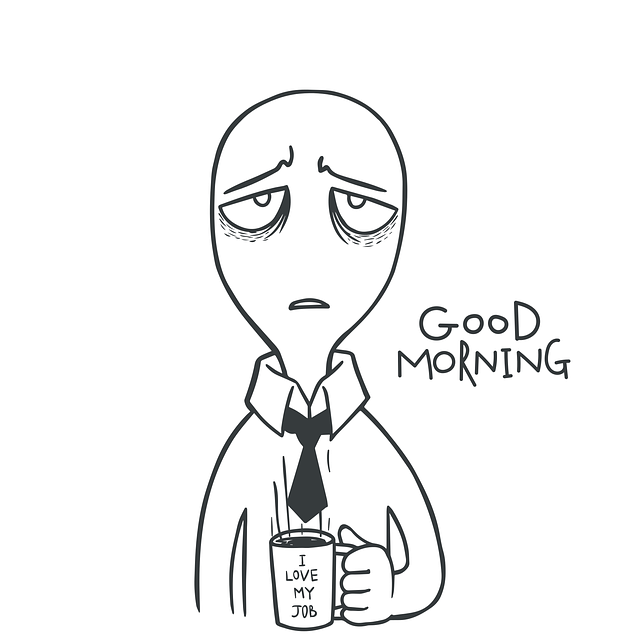
Therapeutic Mental Rehearsal For Imagery
Therapeutic-guided imagery is just like taking photographs. But instead of taking pictures with a camera lens, we use our minds to create a live, vivid scenery. If you enjoy photography and the visual arts, you may enjoy incorporating this practice into your daily life. The few minutes it takes to practice mental rehearsal can greatly affect your mental and physical well-being.
Guided imagery is also a popular medical intervention for depression and other medical diagnosis. This technique gives the individual the ability to use their imagination to create positive images that can help them feel better.
This technique can improve the connection of your mind and body, providing easier access to your inner wisdom. Despite being a new method, guided therapeutic imagery in counseling offers an efficient alternative approach to improve your health.
FAQs

